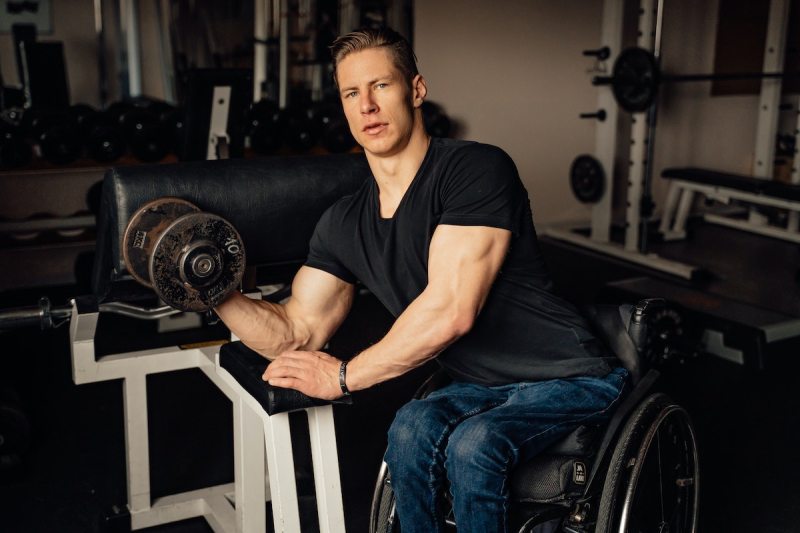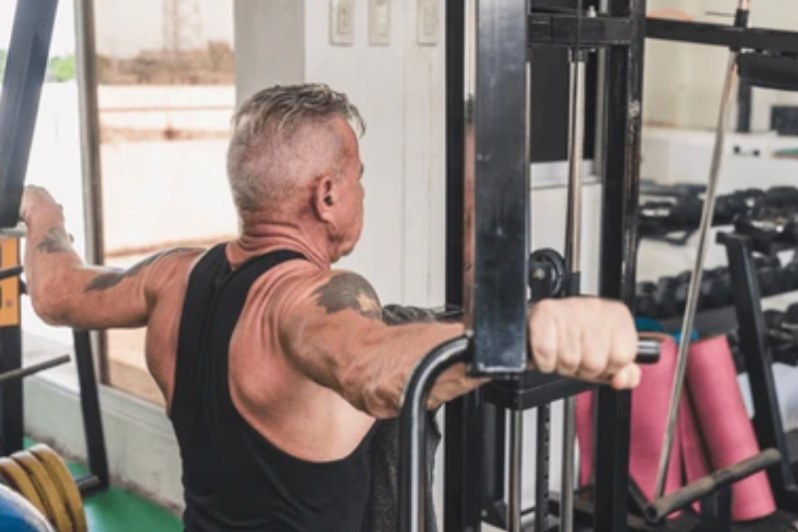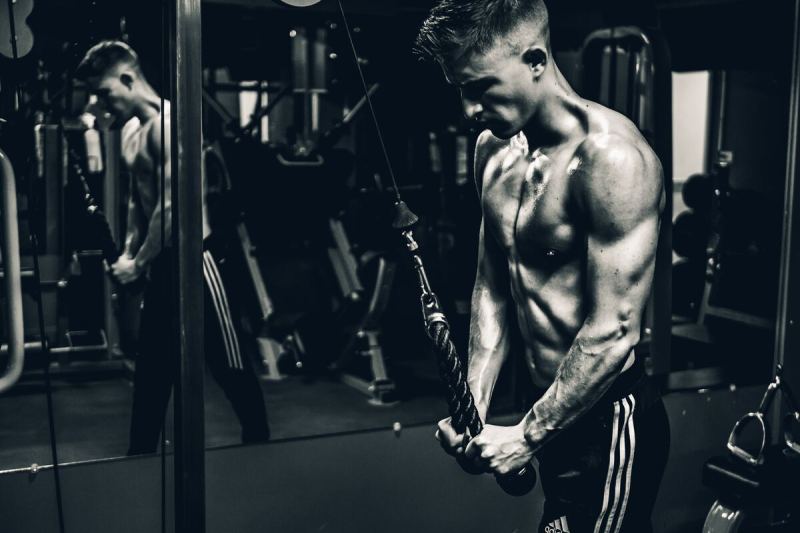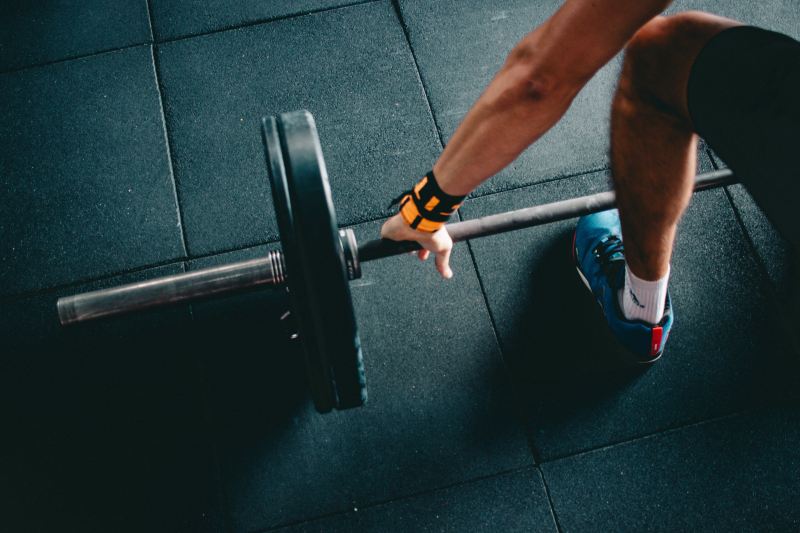
Nothing is more inspiring than seeing a new year’s resolution-er or a newly minted health nut become a regular at the gym. But with all these new faces around, not everyone understands or follows the unwritten rules of gym etiquette. While the gym is meant to be a space for personal growth and physical well-being, it can quickly become an uncomfortable environment when individuals neglect common courtesy. Even worse, it’s easy to commit little faux pas without realizing it.
No worries — we’ve got you covered on some essential aspects of gym etiquette. By following these guidelines, we can create a more enjoyable experience for everyone.

Why follow these gym rules?
Being considerate at the gym creates a positive atmosphere where individuals feel motivated and supported in their fitness pursuits. Practicing consideration enhances safety by reducing the risk of accidents and allowing people to focus on their workouts without distractions. It also ensures fair access to equipment, preventing monopolization and promoting fairness among gym-goers.
Being considerate involves respecting personal boundaries, creating an environment where individuals can push their limits without feeling self-conscious or judged. By setting a positive example, our actions inspire others to follow suit, contributing to a culture of courtesy.
Ultimately, being considerate at the gym is about fostering a sense of community, safety, and respect. It’s about creating an inclusive space where everyone feels valued and supported in their fitness journey. By embracing these principles, we can make the gym a place where individuals thrive, celebrate personal growth, and find encouragement in their pursuit of better health and well-being.

The rules of gym etiquette
Put your gear away
One of the simplest yet often overlooked rules of gym etiquette is putting away your gear when you’re finished with it. Leaving dumbbells, weight plates, or exercise mats lying around can create hazards for others and lead to accidents. It also disrupts the flow of the gym and makes it difficult for fellow members to find the equipment they need. By taking a few extra seconds to return your gear to its designated area, you contribute to the overall tidiness and functionality of the gym.
Don’t exercise directly in front of the dumbbell rack
The dumbbell rack is one of the busiest areas in any gym, so avoid exercising directly in front of it. If you start curling right in front, you create unnecessary congestion. Instead, step a few feet back or find an open space nearby to perform your exercises. By doing so, you allow fellow gym-goers to freely access the weights they need.
Don’t stare at others
While the gym may be a place to admire others’ dedication and hard work, it’s essential to maintain a respectful attitude. Staring at someone during their workout can make them uncomfortable and self-conscious. It’s important to remember that everyone is at the gym to focus on their own fitness journey. By being mindful of personal boundaries and avoiding prolonged stares, we create a more positive and inclusive environment where everyone feels respected.
Don’t give unsolicited fitness advice
A gym is a place where individuals have diverse fitness goals, routines, and levels of experience. While it’s natural to want to share your muscle building knowledge and help others, don’t give unsolicited
Wipe down equipment when you’re done
After using any kind of equipment, wipe it down with disinfectant wipes or paper towels. Sweat left on benches, machines, or mats can create an unhygienic environment and potentially spread bacteria or germs. By taking a moment to clean up after yourself, you demonstrate consideration for the health and well-being of others, fostering a more sanitary and pleasant gym experience for all. Some gyms actually post this as a rule, so be extra careful to follow it.
Don’t reserve stations
In a busy gym, equipment can be in high demand. It’s important not to reserve stations or machines by placing personal belongings on them while you use other equipment. This practice prevents others from utilizing the equipment and leads to frustration and unnecessary conflict. Some people can actually be done with a machine in less than 10 minutes, so there’s really no need to reserve them. Just use one machine or station at a time, and if you need to take a break or rest between sets, allow others to use the equipment in the meantime.

Final thoughts
Gym etiquette revolves around the fundamental principle of being considerate of others. As a shared space where many kinds of people come to work towards their fitness goals, following these gym rules will help create an environment where everyone can feel comfortable.



